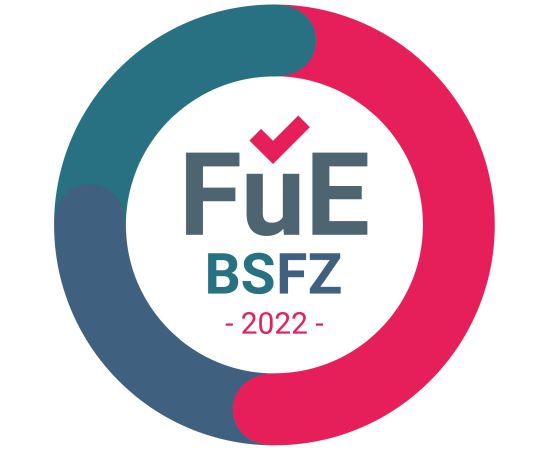KYOCERA Fineceramics Europe GmbH awarded BSFZ seal
KYOCERA Fineceramics Europe GmbH has been recognised for its innovative excellence and internal research and development activities.
- Fine Ceramic Components
Kyoto/London − The German Certification Body for Research Grants (BSFZ) has awarded KYOCERA Fineceramics Europe GmbH the BSFZ seal for their entrepreneurial innovative excellence and in-house research and development activities. This seal is testament to the company’s outstanding in-house research and development activities in its role as a driver of innovation in Germany, one of the leading countries for research worldwide.
KYOCERA Fineceramics Europe GmbH sees itself as a driving force in the development of technical ceramic solutions that generate tangible added value for its customers. “We are proud to receive this recognition from the BSFZ. This can be attributed to our recently developed materials with customised profiles, which achieve highest precision thanks to our state-of-the-art production methods. Our research covers a wide range of applications, from micro to large-scale components,” explains Dr Krishna Uibel, Director Innovations at Kyocera.
Technological innovation
One outstanding example of Kyocera’s innovative capacity is the development of ceramic support structures for vacuum insulation glazing (VIG). Uibel explains, “Our research and development has given us a decisive competitive advantage thanks to our development of new materials and improved designs.
This achievement would not have been possible without the commitment of our colleagues in the Research and Development departments.” Additionally, he underlines that the company prided itself on being an innovative supplier to its customers.
Efficient and forward-looking
Vacuum insulation glazing has the potential to significantly reduce the carbon footprint of buildings. Conventional insulating glazing is notable for its heavy glass weight, the thickness of the insulating glazing and having a space between the panes filled with expensive inert gas. On the other hand, vacuum insulation glazing has 3 to 4 millimetre thick outer panes with a gap between the panes of less than 1 millimetre. Support structures must be used in the vacuum-like space in between, the pressure of which is roughly 10-6 bar, to prevent the outer panes from bending. These small supports arranged in a regular grid, also called spacers or micropillars, are made of coated ceramics, which has low thermal conductivity, high compressive strength and good tribological properties. Vacuum insulation glazing has good Ug-values, which have steadily improved in recent years to the point where values of 0.5 W/(m2 K) or better can be achieved, and can therefore meet the increasing demands on building energy efficiency. Even though vacuum insulation glazing is currently still a niche product, demand is growing steadily.
About BSFZ
The Certification Body for Research Grants (BSFZ), which operates under the German Federal Ministry of Education and Research, awards the seal to companies that achieve special technological results through their research and development activities, as a result of which they are eligible for funding. BSFZ primarily strives to promote investments in the areas of research and development and thus strengthen Germany’s role as a leading business hub.


